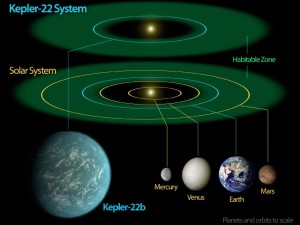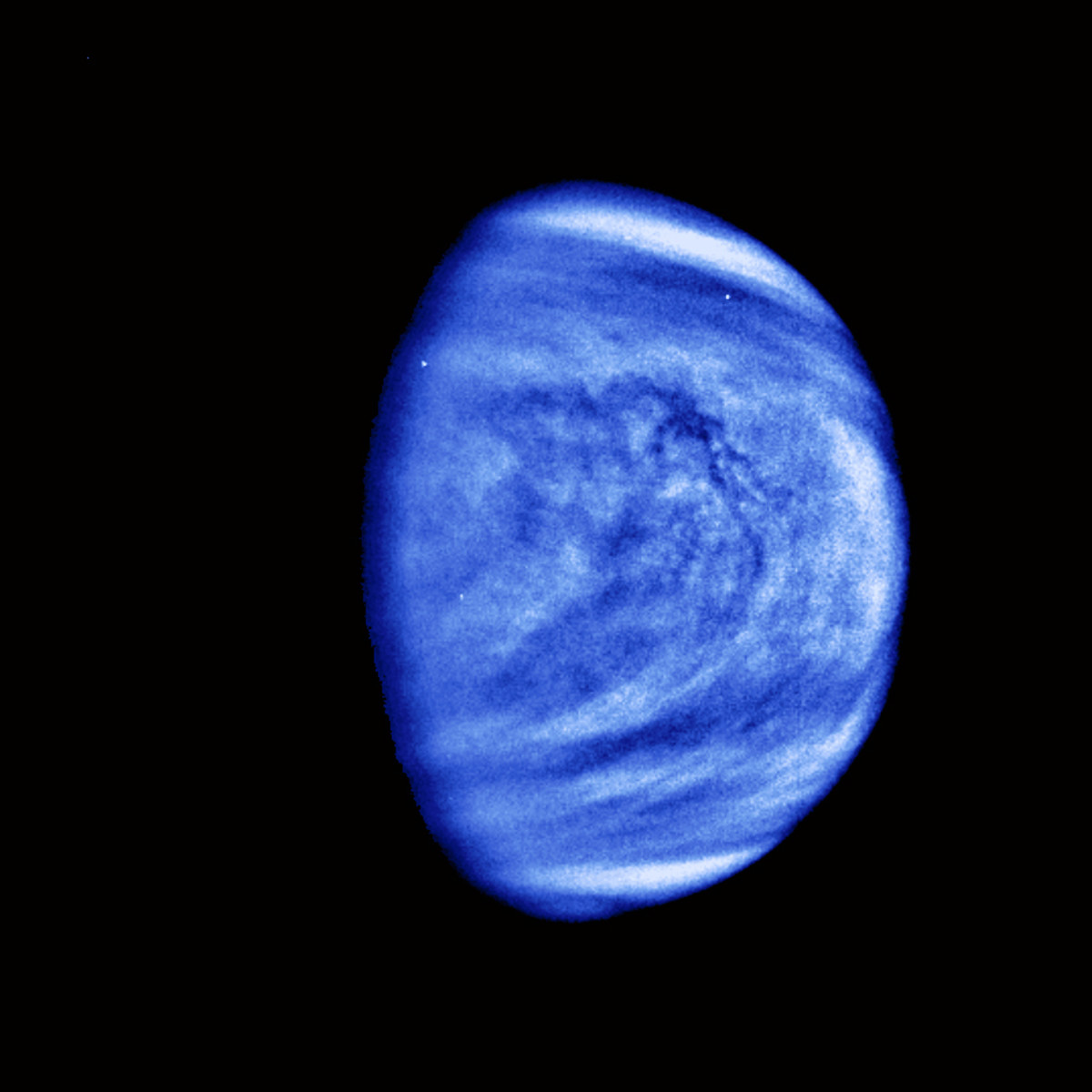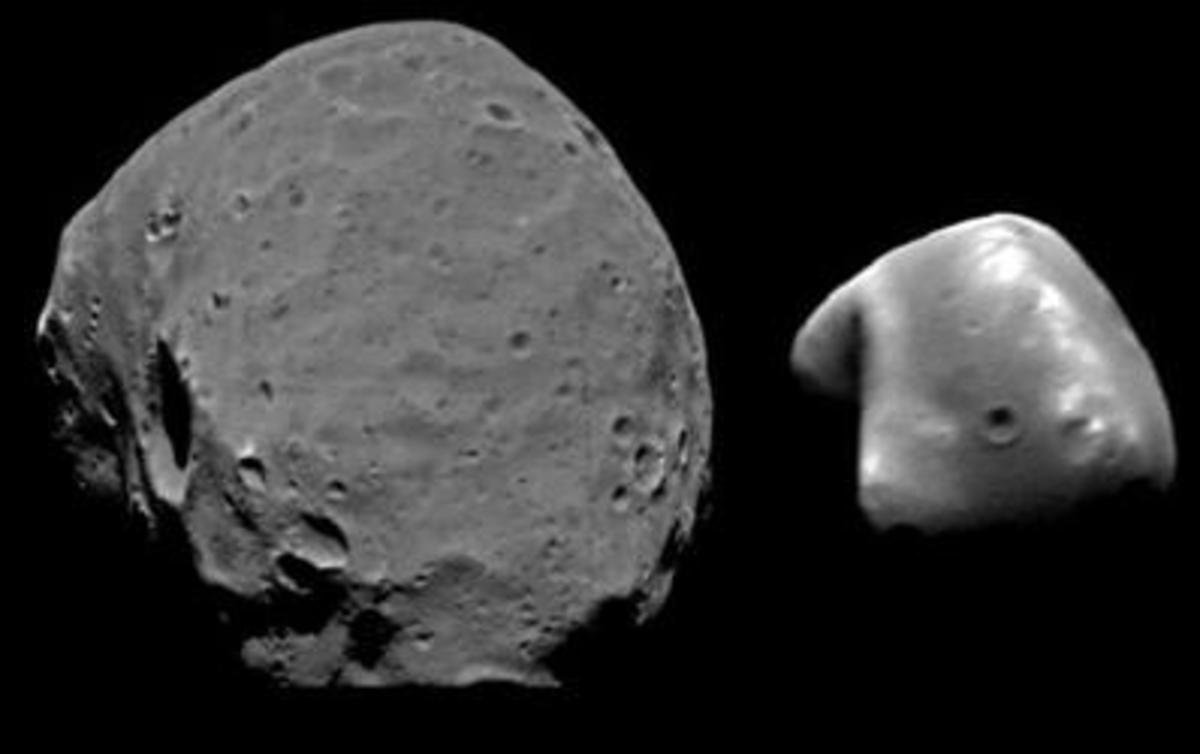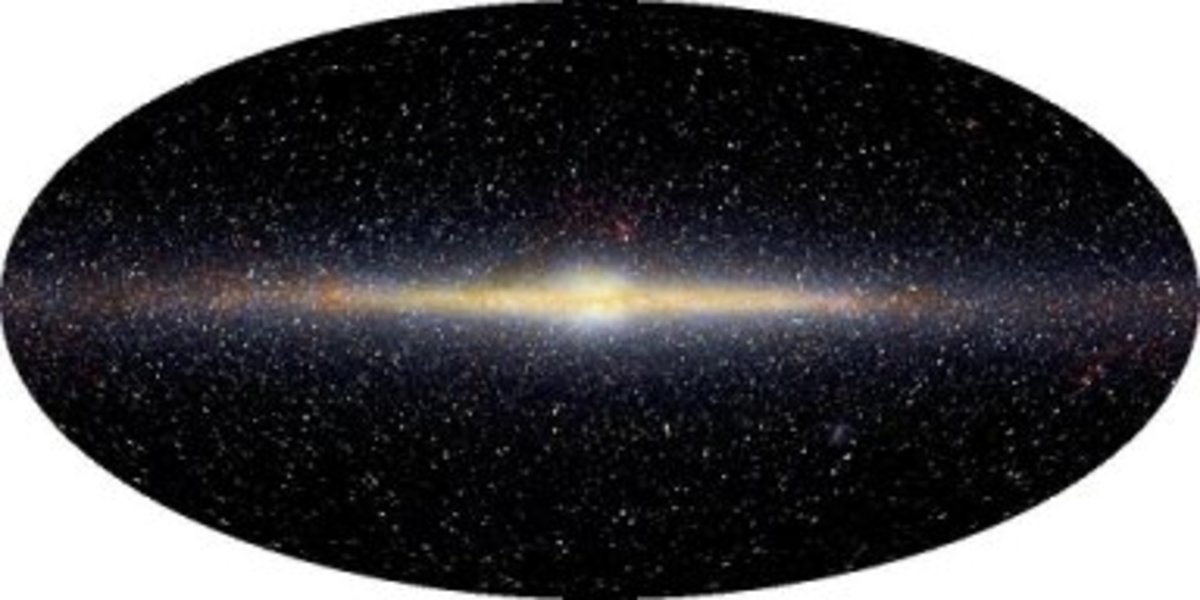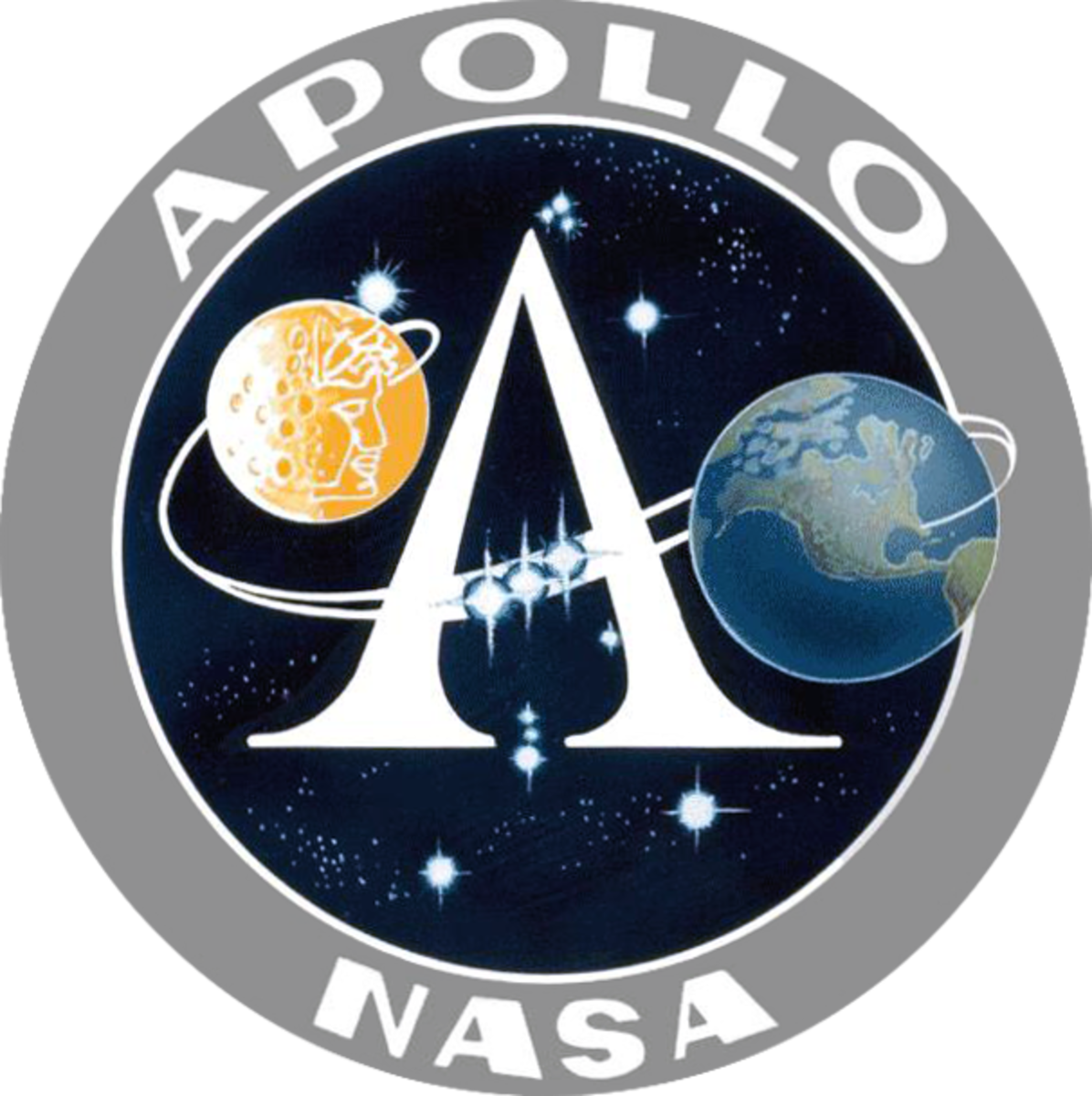Kepler 22b-Our New Home Away From Home?
Artist's rendition of earthlike twin Kepler 22b

Which Planet Do I Phone Home To? Or Maybe I should Be Asking-Which Way Is Home??

Could it really be true that we may have finally found earth's twin. According to reports from NASA, the kepler space telescope has zeroed in on a planet orbiting a star some 600 light years beyond our solar system. Somewhere in the vicinity between the constellations of Lyra and Cygnus, a region of the sky that makes up over 150,000 stars. If we do indeed find life to exist on that planet; which orbits a similar type of orange-yellow star comparable in surface temperature to our own sun. Than we will certainly have something to write home about. The only problem is that if scientist's do make the final conclusion that this exoplanet, approximately two and a half times larger than earth, does contain a habitable atmosphere containing the necessary ingredients to sustain life as we know it. Than the only discouraging thing would be getting to Kepler 22b before our lives here on earth were over.
It would not only be quite a challenge reaching this alien planet, but to add quite a hike as well; from mother earth travelling to this alien planet in a spacecraft, like the shuttle for example. Currently a vehicle like the Space Shuttle can travel at sustained speeds of between 16,000 to 18,000 miles per hour. Even at these speeds, we would not reach our tentative new home, until approximately 23,000,000 years from now. Yikes! talking about major jet lag, well this is definitely one trip you will want to make sure that you pack plenty of reading material for.
It is not old news that space telescopes like Kepler, Spitzer and Hubble for example; have detected other planetary candidates orbiting their respective parent stars. In fact there are at least 500 potential candidates beyond our own galactic neighborhood, that may harbor some sort of life. But aside from these other planetary candidates, Kepler 22b as of now, appears to be the real gem, in terms of being located within the perfect parameters. In fact Kepler 22b is so very much like our own planet, that it if you were on this planets parent star facing this world. It would appear that you were literally looking at earth. In fact very much like looking through a two way mirror so to speak.
And if scientist's are correct in their overall assumption about the climatic conditions that may also exist on Kepler 22b. Than we may be enjoying year round temperatures of about seventy-two degrees fahrenheit year round. If you have ever been to San Francisco, using this major city as an example. You may have noticed that throughout the changing seasons; the daytime temperatures in and around the city tend to hover around this temperature consistently throughout the year. Even though it tends to get a bit cooler during the evening hours.
What makes this alien world so unique to earth is also the fact that it orbits it's parent star just a little under a year. It takes earth 365 days or one year to make a complete pass around our sun. Kepler 22b completes its orbit around its sun, in just 290 days. It's almost peculiar, even eerie when you think about it for a moment. This is also a good indication that this world may contain water and some sort of solid rocky surface much like earth. It has been found through prior observations of other exoplanets, that if they orbit rather quickly around their parent stars. Let's say between 75 to 90 days for example. Than this in most circumstances, suggests that this planet may be far too hot on its surface, to sustain any form of life as we know for life to thrive.
Exoplanets which orbit their parent stars at this distance are very similar in comparison to Venus and Mercury, which in turn orbit very close to our own sun. These two inner planets of our solar system, are nothing but blazing infernos, composed of molten lava and poision gases. A scenario that would pretty much be found to be the same on Kepler 22b; if it orbited its star in about 80 days or so. On the other hand we know that if a planet orbits a parent star at a longer orbital period, like earth orbits the sun. Than there is a very good possiblility, that this world may be more temperate on the surface...very much like our own earth is.
Given that Kepler 22b is located directly within the habitable zone, is the strongest indicator alone, suggesting that water is moving freely about on its surface. It is a bit closer to its sun than our earth is, by about fifteen percent. And the star that it orbits is almost identical to our own sun. Except for the fact that it may be just a tad cooler. But in terms of spectral class, it is a G2 star-the same spectral class as our sun.
As exciting as this may all seem to everyone here on earth, including astronomers. Further studies of Kepler 22b need to continue, in an effort, to verify that this earth like world; is one that without a doubt, has a solid surface and contains water in some form. Because there is always the slightest possiblility that it could be composed strictly of gases, much like that of gas giant Neptune. There is also a remote chance that Kepler 22b could be strictly made up of nothing but water. A virtual water world, composed of nothing but 100 percent ocean, void of any land mass. Never the less, this Super Earth still deserves further observation.
SETI (Search For Extraterrestrial Intelligence), has also made additional use, of its resources recently, to search for potential intelligent radio signals radiating from the direction in and around the Kepler 22b star system. All in an ongoing effort to detect any potential signs of some sort of intelligent life, in that region of space. One thing we can be most certain of, is that if ET does one day answer SETI's radio signals, sent out into those silent voids of deep space. You can bet that this particular alien life form that does answer, will surely be confused over which planet to call home-earth, or Kepler 22b.
Kepler 22b star system
